Passages of Buenos Aires, a walk through the smaller streets of this great city, which have a different style.
Walking through the city is always a charming experience and, above all, it becomes unique when we find a palace, a building that stands out from the rest or a beautiful passage in the middle of a certain neighborhood.
All this and more is what gives the streets of Buenos Aires that “what do I know” that the well-known Tango mentions, making them attractive and extremely picturesque.
In this publication, we want to give you a tour of the most recognized Buenos Aires passages, which will captivate your gaze and offer you a different ride. In total, there are more than 100 passages in Buenos Aires, but here we want to tell you about the ones that are nearby so that you can visit them in the same day of walking.
Each passage has a story to tell and express about certain times, some customs, stories and legends that the city keeps.
The construction of these tiny streets began in 1880, in the first decades of the 20th century, arising as a consequence of a very large housing problem. In 1871, urban densification began before the massive movement of the upper classes of society from the south to the north, given the spread of yellow fever. For this reason, interior streets were built to increase the availability of housing.
Due to the design of these streets, they are taken as dead ends, whose shape can vary in L or U, while they can be pedestrian, vehicular or both; restricted or free and public access; covered or open.
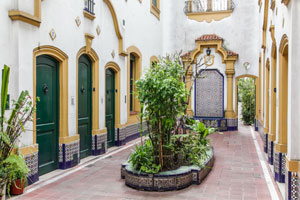 The first one we want to take you is at Av. Rivadavia 2645/73, and it’s called Pasaje Sarmiento. Its appearance is the same as the enormous and renowned Andalusia, since it has images of Sevillian dances and bullfighters, in addition to the fact that its architecture has flower beds full of plants, semicircular arches and water that gushes from the mouth of a blue lion.
The first one we want to take you is at Av. Rivadavia 2645/73, and it’s called Pasaje Sarmiento. Its appearance is the same as the enormous and renowned Andalusia, since it has images of Sevillian dances and bullfighters, in addition to the fact that its architecture has flower beds full of plants, semicircular arches and water that gushes from the mouth of a blue lion.
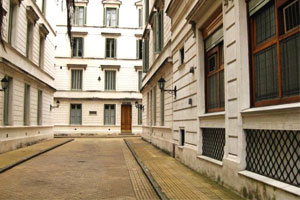 Two blocks away, along the same Av. Rivadavia, but numbering 2451, you will arrive at Pasaje Colombo. Its design is L-shaped and it is an interior street. The entrance is guarded by a huge iron gate, which gives way to a gigantic path of circulation through the varied houses, which we recommend you admire carefully for its details.
Two blocks away, along the same Av. Rivadavia, but numbering 2451, you will arrive at Pasaje Colombo. Its design is L-shaped and it is an interior street. The entrance is guarded by a huge iron gate, which gives way to a gigantic path of circulation through the varied houses, which we recommend you admire carefully for its details.
These first passages that we mention, are within the Historic Protection Areas (APH) that care for and protect their future.
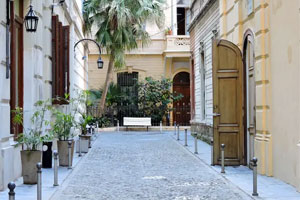 The one that follows has a U shape and is one of the oldest in the city. It is located near the previous two, on Bartolomé Mitre Street 1531. It is known as De la Piedad, with an Italian influence that stands out in the design of its facades, and, in turn, has French influence, which was incorporated in the architecture of the city in general years later. Therefore, it is said that this particular passage is a clear example of Buenos Aires architecture from 1880.
The one that follows has a U shape and is one of the oldest in the city. It is located near the previous two, on Bartolomé Mitre Street 1531. It is known as De la Piedad, with an Italian influence that stands out in the design of its facades, and, in turn, has French influence, which was incorporated in the architecture of the city in general years later. Therefore, it is said that this particular passage is a clear example of Buenos Aires architecture from 1880.
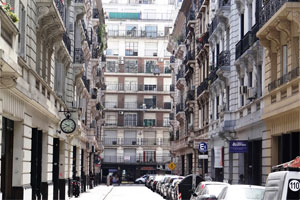 Just a few meters away, you will find the Dr. Rodolfo Rivarola Passage, whose magic is the mirror-like design it has. You will notice that the buildings at one end of the sidewalk are exactly the same as the ones in front. It deals with joining the streets of Juan Domingo Perón with Bartolomé Mitre, and in parallel to Uruguay and Talcahuano.
Just a few meters away, you will find the Dr. Rodolfo Rivarola Passage, whose magic is the mirror-like design it has. You will notice that the buildings at one end of the sidewalk are exactly the same as the ones in front. It deals with joining the streets of Juan Domingo Perón with Bartolomé Mitre, and in parallel to Uruguay and Talcahuano.
Then, next to the Colón Theater, where the city’s first railway used to circulate, it is known as Pasaje Santos Discépolo. Today, it is completely renovated, given the recovery works carried out by the City Government in 2013.
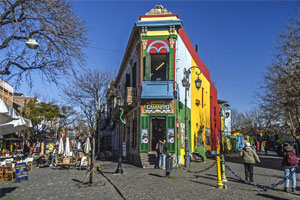 Arriving at the last of our walk, we will get just a little away from the area, but not too much. And, in this case, we will talk about a passage that is an open-air museum in itself. It is known worldwide, and it is one of the most visited areas by tourists. Without a doubt, we are talking about Caminito and, yes, it is a passage! With cobblestone streets, tango and art wherever you look, and tenements of thousands of colors. It is located in La Boca, where you will also find the Quinquela Martín Museum of Fine Arts and the Ribera Theater. We believe that it is an ideal place to end this tour and to be able to feel the traditional culture of Buenos Aires.
Arriving at the last of our walk, we will get just a little away from the area, but not too much. And, in this case, we will talk about a passage that is an open-air museum in itself. It is known worldwide, and it is one of the most visited areas by tourists. Without a doubt, we are talking about Caminito and, yes, it is a passage! With cobblestone streets, tango and art wherever you look, and tenements of thousands of colors. It is located in La Boca, where you will also find the Quinquela Martín Museum of Fine Arts and the Ribera Theater. We believe that it is an ideal place to end this tour and to be able to feel the traditional culture of Buenos Aires.
If you want to know more about what you can do in La Boca, here is the link!

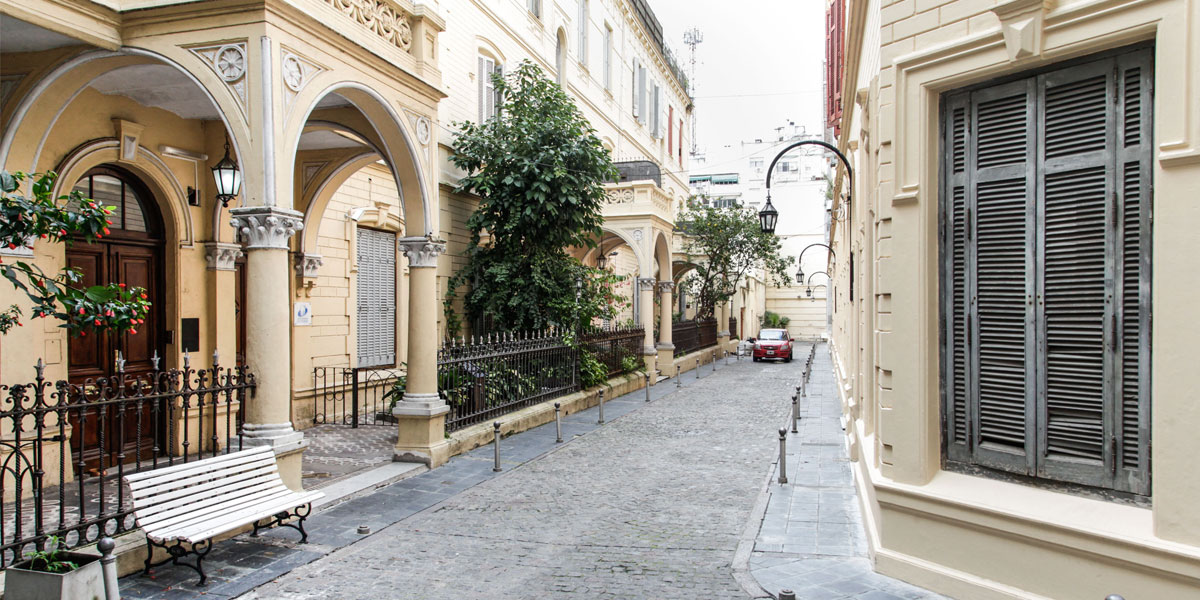

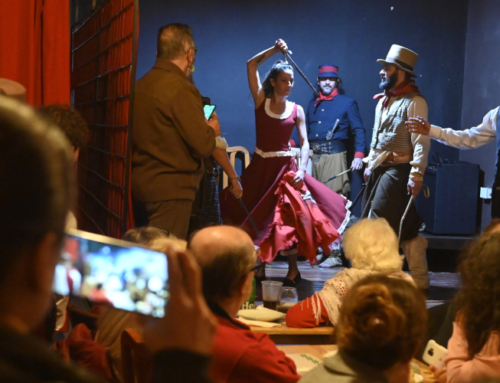

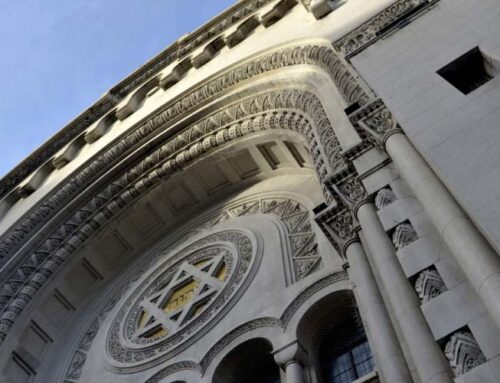
Leave A Comment